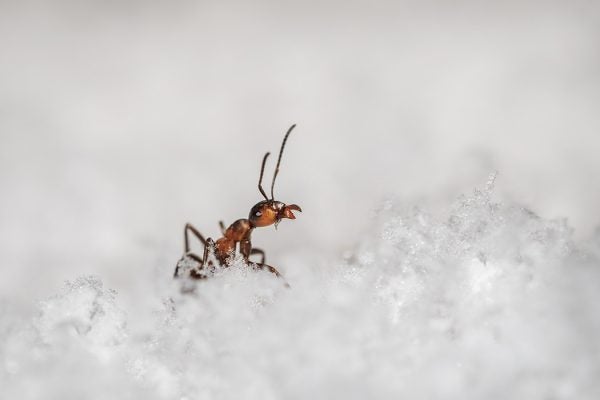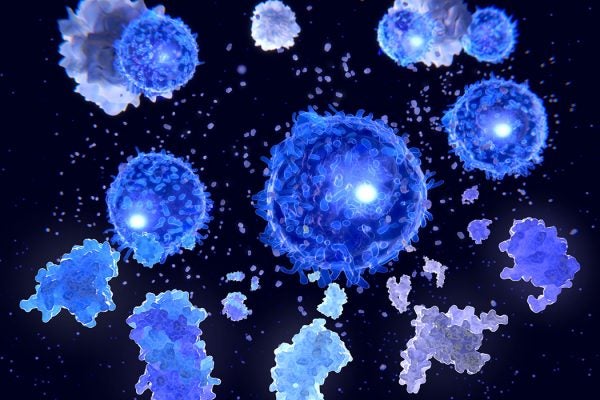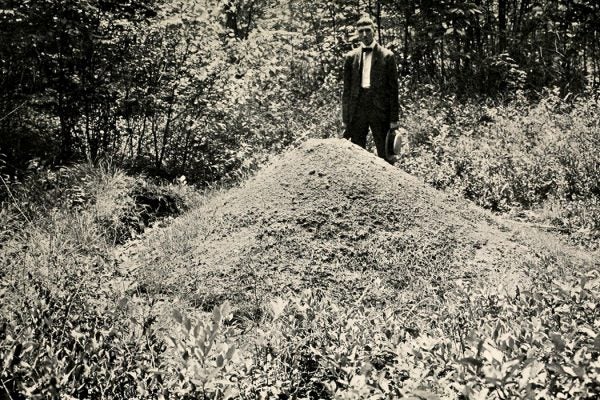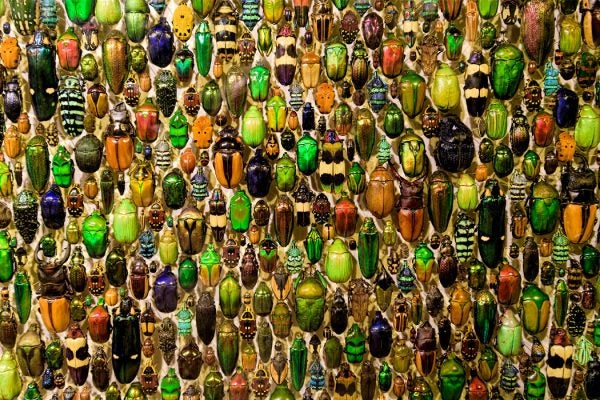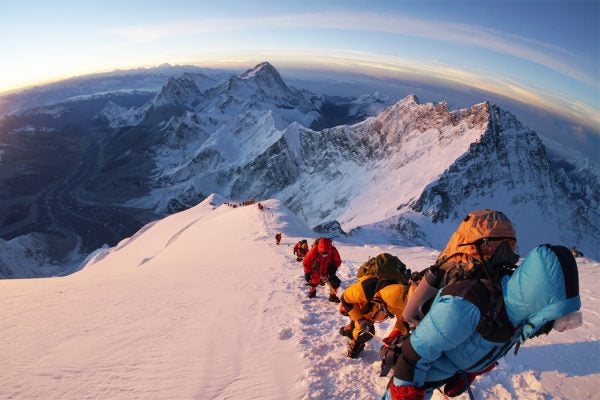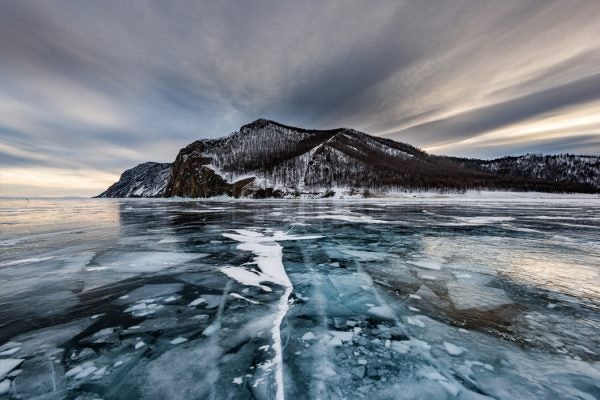A Slimy Story: Snail Mucus
Land snails, mostly hermaphroditic, follow slime trails to find their mates. Others, including predatory Rosy Wolf Snails, follow the mucus to find their meals.
How Do Insects Survive Winter?
Some species have adapted to get themselves close to freezing without dying.
Criminal Minds? Try Criminal Bodies
Cesare Lombroso wanted to use science to understand who criminals were. But his ideas about biological "atavism" easily transferred to eugenics and nativism.
Corn Is Everywhere!
Two educators use the history of corn, from the domestication of maize 10,000 years ago to today's ubiquitous "commodity corn," to teach about biodiversity.
Cytokine Storms: The Cruel Irony of an Immune Response
When bodies fight back against infection, they can overwhelm themselves with their own destructive force.
I Spent Three Hours Staring at an Anthill
And all I got were these fascinating observations of parasitic ants that kidnap other ants.
The Race to Name New Species
Habitats are being destroyed so rapidly that species can go extinct before they are even named.
Mount Everest’s Death Zone
The zone above 8,000 meters is known among mountaineers as the “Death Zone.” Why do most deaths in the high mountains occur at these extreme heights?
The New Legacy of Casimir Pulaski
New findings reveal that the Polish war officer who aided the American Revolution may have been intersex.
Exploring Lake Baikal
The world's largest, deepest freshwater lake is home to hundreds of species that don't live anywhere else on Earth. But it's threatened by climate change.

